Have you ever wondered why our buildings—designed with such care, precision, and investment—so often fail to adapt to our actual needs? Consider how many times you’ve found yourself squeezed into overcrowded spaces or wandered through unnecessarily vast, empty halls. What if, instead of passively occupying space, buildings could actively sense, respond, and adjust themselves intelligently to meet human needs?
This compelling thought is not just architectural dreaming—it’s quickly becoming the future we’re building towards.
The Unseen Problem of Fixed Architecture
Modern buildings, despite their sophistication, are largely static. Steel beams, concrete slabs, and glass facades give permanence but limit adaptability. Buildings remain indifferent to how they are actually used. A convention center that comfortably hosts a thousand people may feel barren when occupied by a few hundred. A museum gallery that dazzles on opening night might feel awkwardly oversized during quieter weekdays. This fundamental lack of adaptability creates inefficiency, discomfort, and waste, and as our cities become more complex, this mismatch will only worsen.
But what if these structures could intelligently reshape themselves, evolving to match the real-time demands placed upon them?
A Vision of Ingenious Adaptation
Adaptive architecture represents an extraordinary leap, envisioning buildings that are no longer static but dynamically evolving organisms. These intelligent structures use advanced technologies—real-time sensors, artificial intelligence (AI), and responsive construction methods—to physically alter their shape and size, providing spaces that flex and shift intuitively, enhancing human comfort, efficiency, and experience.
Think about this as buildings becoming “conscious”—sensing occupancy levels, crowd behavior, temperature fluctuations, or even mood, and responding instantly and seamlessly.
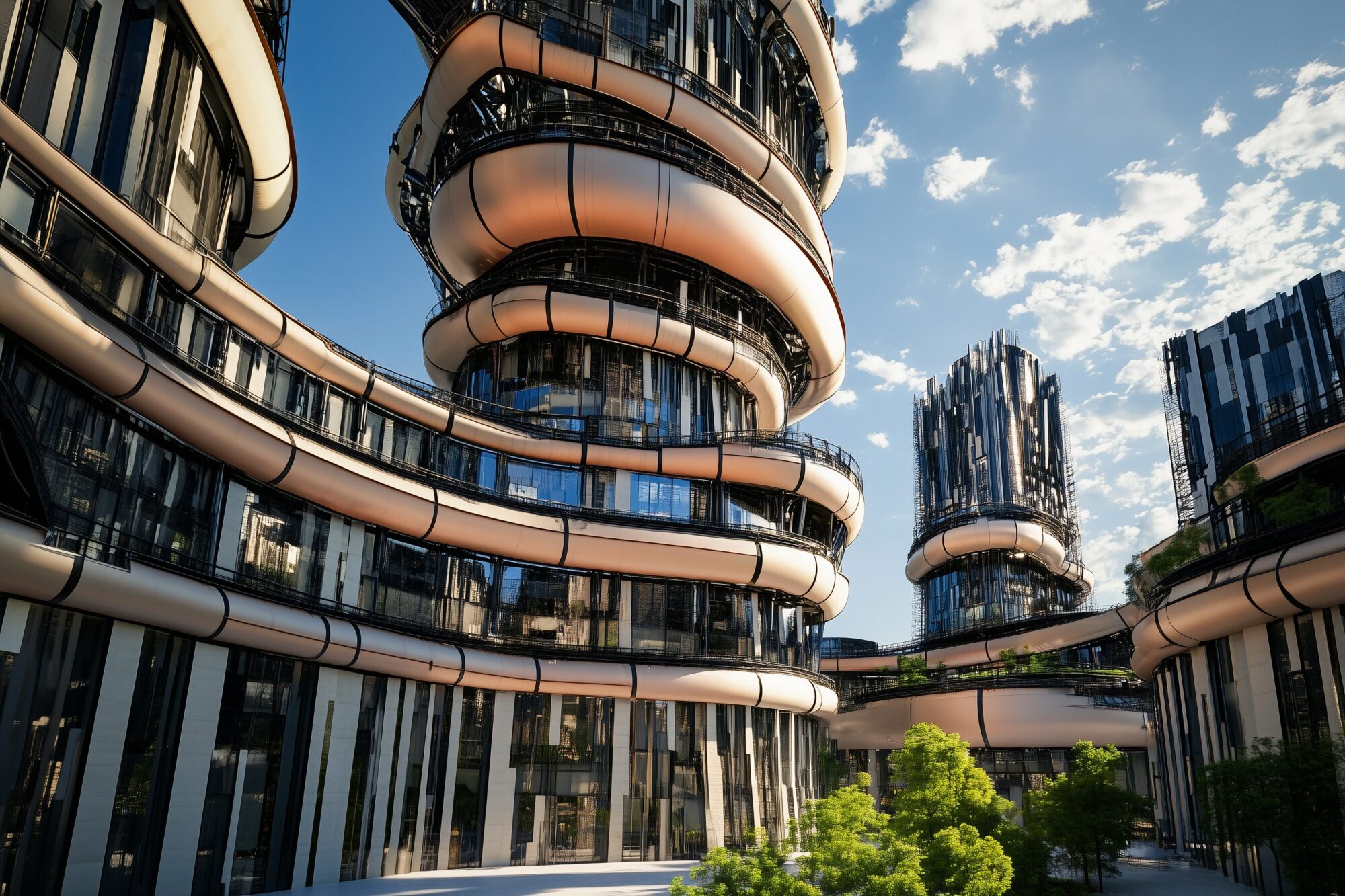
How Could This Work in Practice?
Imagine a public plaza that expands naturally as lunchtime crowds gather, offering more seating and comfortable shade as the sun rises higher. Or consider an auditorium intelligently contracting for an intimate performance one evening, then effortlessly expanding for a grand public lecture the next morning.
But how might buildings achieve this extraordinary adaptability in practical terms?
While the detailed engineering remains a matter of intensive research, the core idea is straightforward yet profound: a structure must integrate movable components controlled by responsive systems that analyze real-time data. This data could come from a variety of sources, including crowd-density sensors, occupancy detection systems, and environmental monitoring devices.
Rather than walls fixed rigidly in concrete, adaptive buildings could use carefully engineered modular panels and telescoping frameworks. Floors and ceilings might subtly shift their height or breadth using sophisticated, safe mechanisms designed to respond intelligently to changing conditions. It’s a vision that places technology at the service of architecture, ensuring buildings serve people—not the other way around.
Groundbreaking, Yet Grounded in Reality
Though futuristic, the roots of adaptive architecture exist in the real world. Consider the Mercedes-Benz Stadium in Atlanta, Georgia. Its roof, inspired by the opening and closing of a camera lens, dynamically responds to the weather, creating a controlled, comfortable environment for tens of thousands of spectators. Similarly, Singapore’s Marina Bay Sands features adaptable components within its structures to accommodate varying events and crowd sizes—though still at a relatively basic level.
Now, imagine these concepts taken further, down to the scale of individual rooms and corridors. Such integration, if thoughtfully developed, could transform everyday experiences.
The Magic of AI and Smart Sensors
Central to this idea is artificial intelligence—a technology capable of processing vast amounts of data instantaneously, making precise decisions about when and how the building should respond. Modern sensors, small and discreet, can measure crowd movement, room occupancy, environmental factors like temperature or humidity, and even sound levels, providing the AI systems with continuous real-time data.
AI’s role isn’t limited to simply responding reactively. Over time, these systems learn and predict human behavior patterns, enabling proactive, anticipatory adaptations. A building that predicts increased occupancy in the coming hour can begin subtle shifts beforehand, creating a perfectly calibrated experience by the time visitors arrive.
Transforming Everyday Life
Museums, with their varying attendance levels and diverse functional requirements, present a natural starting point for adaptive architecture.
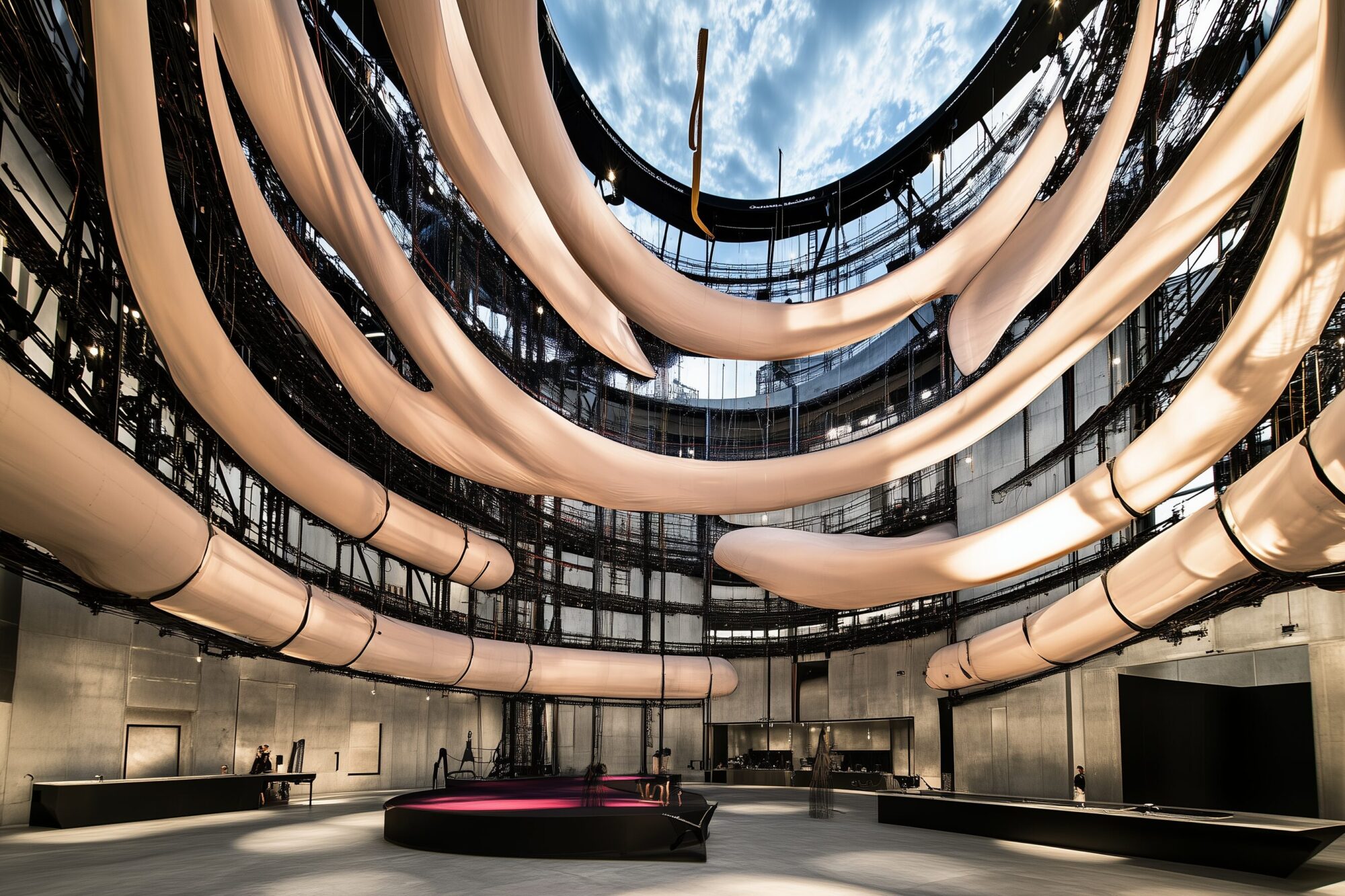
But the potential goes far beyond galleries. Think about airports, convention centers, hospitals, and even schools—environments where space needs shift dramatically over the course of hours or even minutes.
Airports could intelligently open or close seating areas and lounges based on real-time flight arrival data, dramatically enhancing passenger comfort and reducing congestion.

Convention centers could adjust meeting spaces automatically based on the number and type of events scheduled, optimizing both attendee experience and operational efficiency.
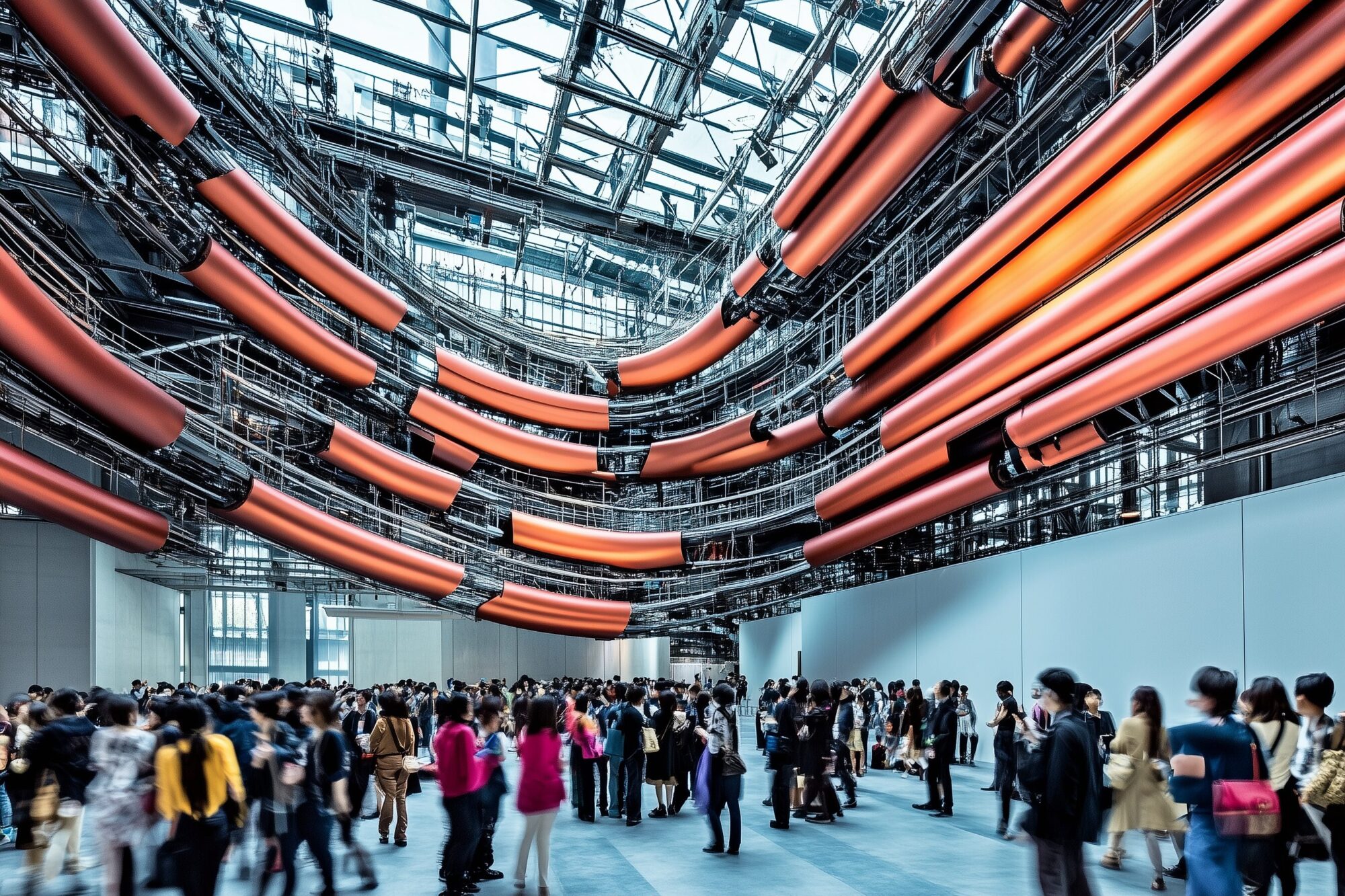
Hospitals might dynamically rearrange spaces in emergency departments, swiftly accommodating influxes of patients during critical incidents or natural disasters, improving responsiveness and patient care.
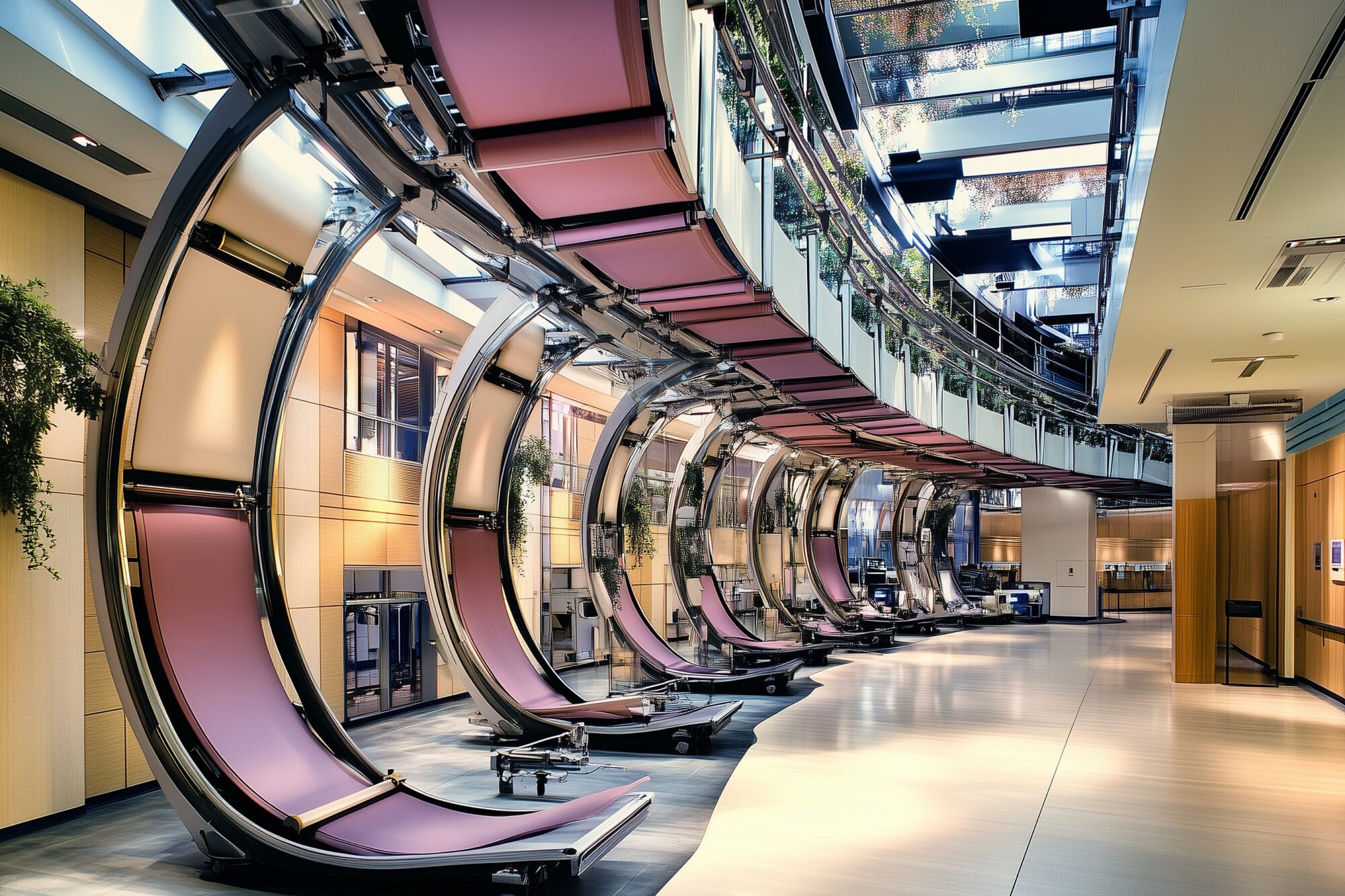
Educational institutions could reshape classrooms and gathering areas to encourage collaboration or quiet study, depending on the activity or educational philosophy at play that day.
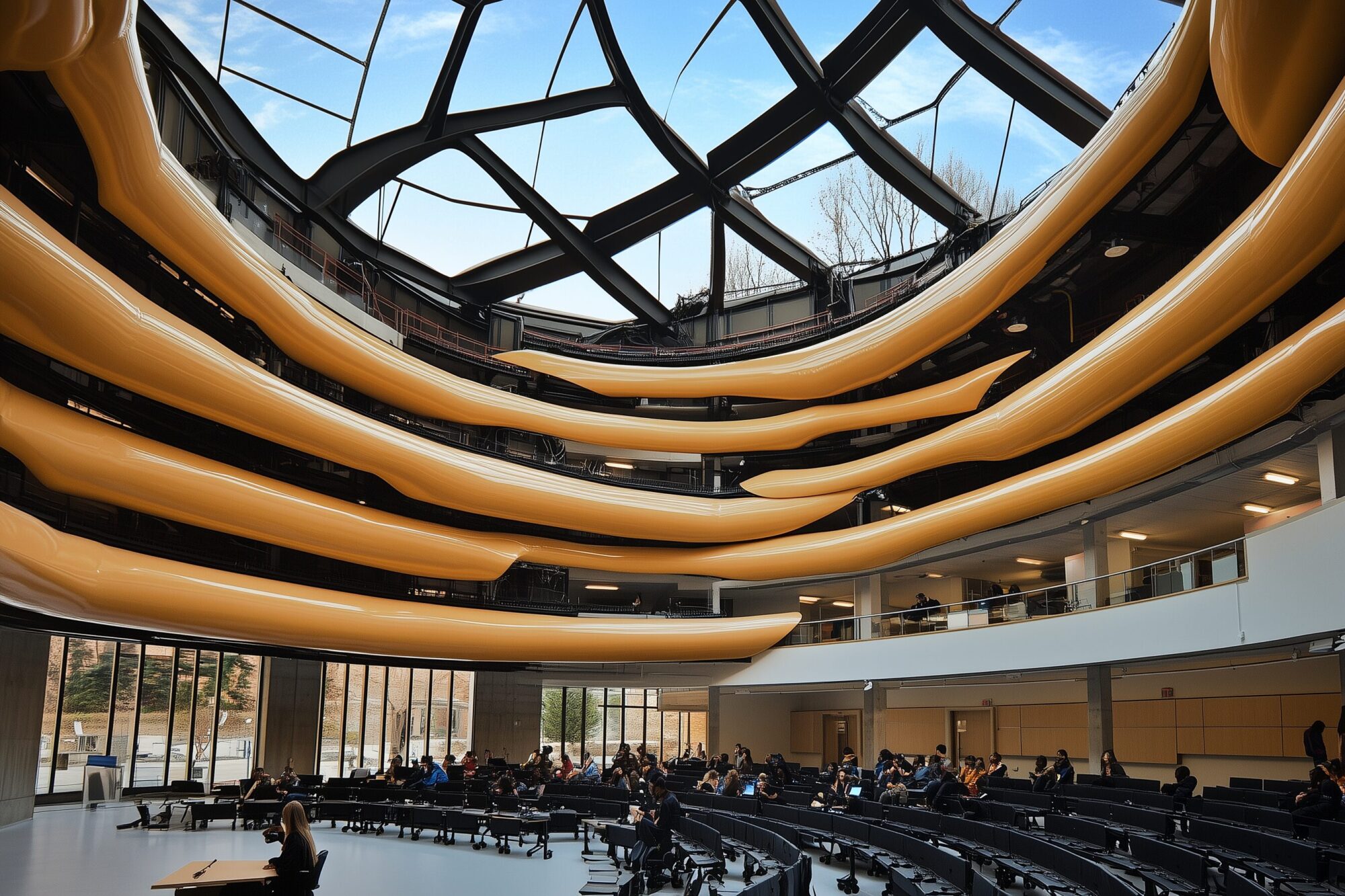
The ingenuity here lies not only in solving spatial and functional challenges but also in profoundly enhancing human experience, creating spaces that feel attentive, responsive, and genuinely human-centric.
Questions We Must Explore
Adaptive architecture, however exciting, raises essential questions:
- Safety: How can buildings that move or change shape consistently guarantee occupant safety?
- Durability: Will these dynamic components withstand repeated use over decades without extensive maintenance or risk of failure?
- Sustainability: Can adaptable architecture reduce energy consumption and environmental impact compared to traditional, static buildings?
- Privacy and ethics: How much personal data will buildings collect to function efficiently, and how will privacy be safeguarded?
- Cost and feasibility: Will widespread implementation of adaptive structures prove economically viable?
Addressing these questions isn’t merely academic—it’s foundational. Each successful answer moves adaptive architecture closer to reality, balancing innovation with practicality.
The Human Element: More Than Just Technology
Beyond its technical potential, adaptive architecture is inherently emotional and experiential. Buildings that thoughtfully and subtly respond to our presence and needs can feel almost empathetic, becoming companions rather than mere containers. This dynamic creates stronger emotional bonds between humans and the spaces they inhabit.
Imagine a library that senses when it’s crowded and gently opens additional reading rooms, or a cafe that subtly expands seating areas when it detects increasing foot traffic. Such responsive environments offer profound comfort, aligning architecture more closely with our natural behaviors and emotions.
The Path Forward: A Call for Collaboration
Realizing the full potential of adaptive architecture requires multidisciplinary collaboration. Architects, engineers, data scientists, behavioral psychologists, and policymakers must come together, guided by human-centered principles. As these conversations grow, we’ll see more prototypes, more innovative uses, and eventually, fully adaptive spaces that become as familiar as elevators or air conditioning are today.
We’re already seeing seeds of this collaboration in global tech hubs, universities, and innovation centers—groups pushing the boundaries of what’s possible, dreaming boldly, and building thoughtfully.
Final Reflections: Why Adaptive Architecture Matters
Ultimately, adaptive architecture isn’t merely about smarter buildings—it’s about creating more humane environments. Spaces that listen, spaces that anticipate, spaces that care—this is architecture’s next evolution. It speaks to a future where technology serves people, fostering greater comfort, enhanced productivity, deeper connection, and ultimately, higher quality of life.
This idea isn’t just compelling—it feels inevitable. It represents our aspiration for better living spaces, smarter cities, and a deeper harmony between human life and the built environment.
So, next time you find yourself in a space that’s just not quite right—too crowded, too empty, too inflexible—consider how profoundly adaptive architecture could transform your experience. It’s a vision that is not only ingeniously promising but deeply human, pointing us toward an extraordinary future where buildings aren’t just structures—they are intelligent, intuitive companions in our everyday lives.
Article by Samuvel Benhursha



































